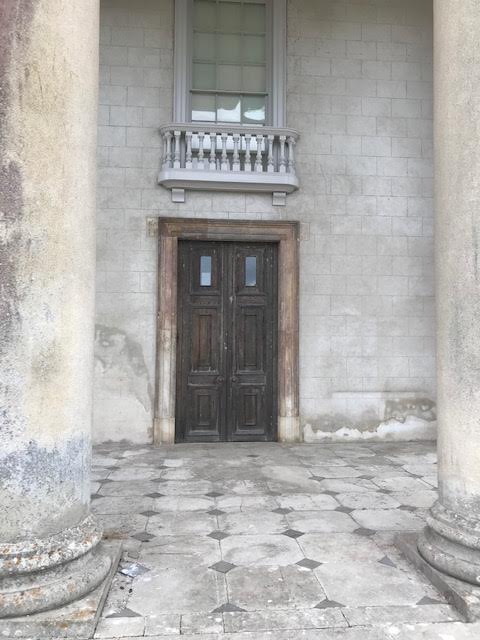Living in an older building should be an enjoyable and satisfying experience. So why can it sometimes turn into a costly nightmare for some owners?

![]()
Discovering your building is damp, has dry and wet rot or death watch beetle can be distressing for all owners. But solutions do not need to cost thousands of pounds or involve putting large quantities of original fabric into a skip.
In fact, many properties have suffered greater damage and loss of fabric through remedial work than was caused by the original problem! There is one important principle to be considered.
The historic building should be managed so damp and its associated problems do not occur or, are at least minimised to tolerable levels.
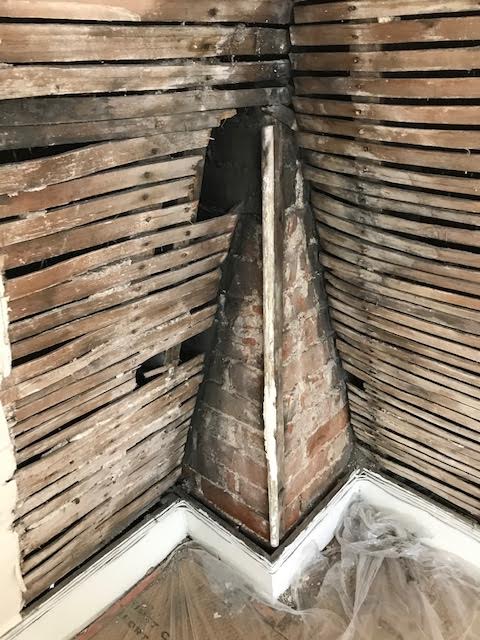


Why do older buildings get damp and why do they seem to have experienced more widespread problems with damp and decay in the last 30 or so years?

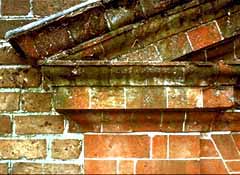
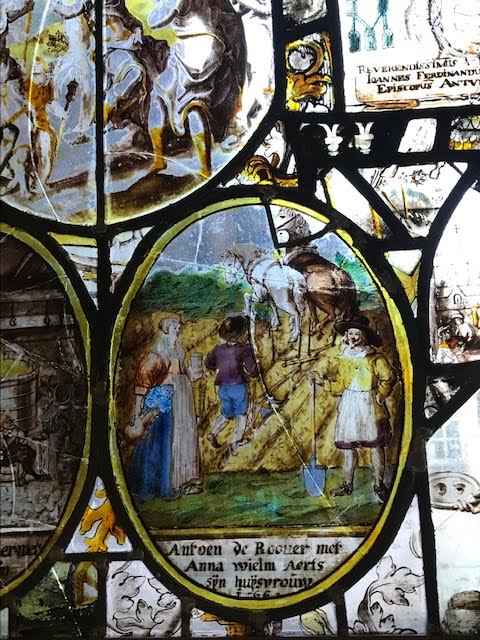
In order to repair older buildings, it is important to understand their construction, as buildings constructed before the mid-19th century behave differently to modern buildings.
Whereas modern buildings rely on cavity wall construction to prevent moisture from penetrating the walls, older buildings generally rely on allowing moisture which has been absorbed by the fabric to evaporate from the surface. This is achieved with the use of ‘breathable’ lime-based mortars, renders and internal plasters.
The walls of timber frame and clay lump buildings were plastered both inside and out with a porous lime plaster. Solid brick and flint walls were laid in a lime mortar and plastered internally with a lime plaster. These porous walls can absorb moisture in damp conditions and release it through evaporation on dry days, allowing the building to ‘breathe’.
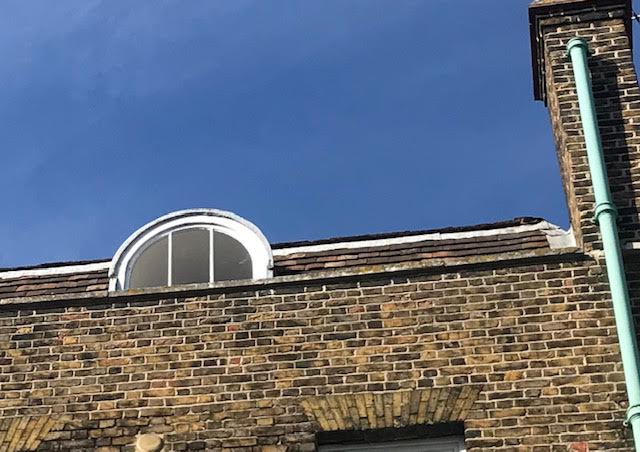
Floors were commonly of ventilated suspended timber floor construction or brick or clay pammets bedded on sand, allowing moisture in the ground to evaporate. As only small amounts of water vapour are involved, evaporation is invisible and does not result in wet walls and floors.
Changing the building by replacing a lime render with a cement render or a timber floor with a concrete floor, the breathable qualities of an older building can be compromised, leading to problems of damp and decay.
Since the 1950s, many older building owners have tried to keep out the weather by using cement renders, waterproof coatings, oil-based masonry paints and waterproof sealants. Traditional porous floors were replaced with concrete floors with a damp-proof membrane
This is standard practice in a new house, where the membrane is linked to a damp-proof course in the walls, but it will stop evaporation through the floor in an historic building, forcing any moisture to travel under the non- porous floor until it reaches the walls. If the moisture cannot escape through the walls because they have a cement render or a waterproof coating on them, it will accumulate in the wall, causing deterioration.
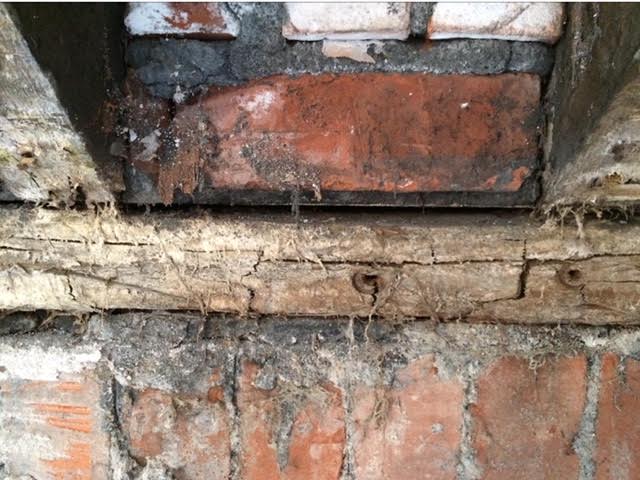
However, sealing the walls and floor to repel water does not take into account the amount of moisture generated inside a property through normal living – cooking, washing or drying clothes etc.
As a result, well intentioned alterations actually increase the build-up of moisture in the walls by preventing the building from ‘breathing’. Once the fabric is damp, the environmental conditions exist where wet rot, dry rot and the death watch beetle can flourish.
The breathable fabric of older buildings naturally holds some moisture. Relying on a ‘damp- meter’ when trying to measure the level of damp in lime plaster, brickwork, clay lump or wattle and daub will inevitably lead to the ‘discovery of damp’. These meters are quite useful on timber, giving reasonable approximations of the moisture content in wood (which is what they were designed for).
However, they give readings which are way too high when used on bricks, plaster and wallpaper, giving the impression that a wall is damp when it is actually in a perfectly normal equilibrium state with its surroundings.
However, if your home does suffer from damp and decay, Rochester Building and Damp can help.
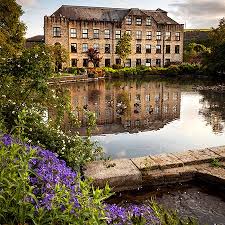
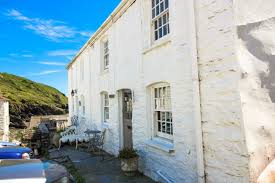

Contact us now and we can conduct a FREE specialist inspection, report and quotation for your Grade II Listed Building, Property of Historical Significance, or Converted Pre-1900 Domestic Dwelling of Former Agricultural Construction.


